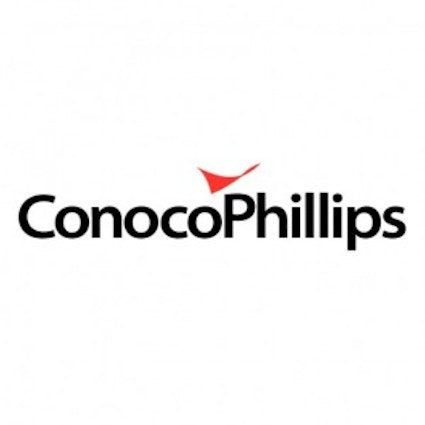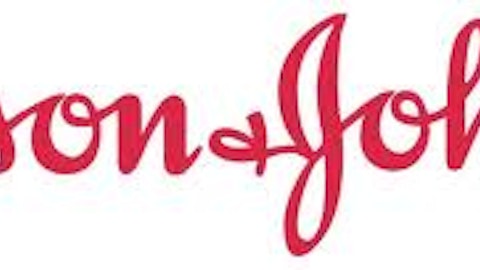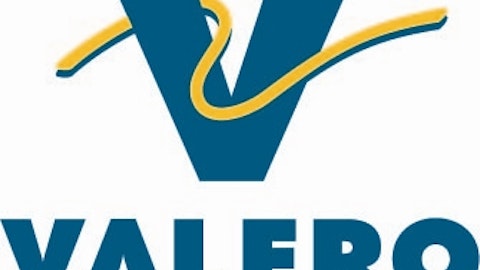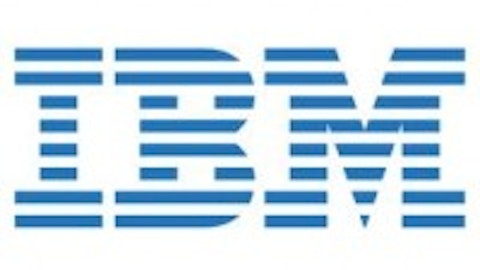The shale plays of the U.S. are playing a bigger role day by day in the world oil and natural gas market. The advent of new technologies has not only opened up new avenues of growth for the country, but has also compelled oil and natural gas companies to shift their focus on the U.S. shale plays. The recent sale of Clyden oil sands leasehold by ConocoPhillips (NYSE:COP) is a perfect example of this trend.
The deal

The investment in Clyden oil sands is Exxon Mobil Corporation (NYSE:XOM)’s second in Canada within a year. Exxon has already invested about $3.1 billion in October in securing oil sands acreage from Canadian oil and gas producer Celtic Exploration. The company, facing a decline in production in conventional oil fields, has been expanding its presence in oil sands and other unconventional oil plays. As Canada is expected to double its oil production by 2030, acreage in the country fits perfectly into Exxon’s strategic goal of warding off declining production.
Imperial Oil Limited (USA) (NYSEAMEX:IMO) is also gearing up to increase its production in the oil sand area of Canada. The current acquisition fits perfectly into Imperial’s growth strategy in the oil sands, where it has already started production in its Kearl project in Alberta, which is scheduled to produce 110,000 barrels a day by the end of the year. The company reported a profit of $327 million in the second quarter of 2013 compared with $635 million for the same period in 2012.
But a dearth of presence of pipelines to connect the crude oil produced to the refineries has acted as a barrier in the growth of oil production from the area. This justifies ConocoPhillips (NYSE:COP)’s shedding of assets in the area to concentrate on the shale plays in the U.S.
Conoco’s strategic fit
The shale plays in the U.S. present great opportunities for the oil and natural gas companies operating in the country. Since 2005, after the net import of oil reached its peak, there has been a gradual decrease of net oil import in the U.S. with increasing domestic output. According to EIA, the U.S. is the largest consumer of petroleum products, consuming 18.6 million barrels per day during 2012. Out of the total consumption, 40% is imported and the share is expected to decline in the coming years due to the increasing production from the shale plays.
U.S. proved oil and natural gas reserve has posted a significant increase recently after years of decline thanks to the advent of newer technologies like horizontal drilling and hydraulic fracturing. Proved reserves for crude oil registered an increase of 15% in 2011, while proved reserves of natural gas registered an increase of around 10%. This huge increase in proved reserves only strengthens the production potential of the country in the coming years, and ConocoPhillips (NYSE:COP) does not want to miss out on the opportunity. The company is doing away with its less profitable assets to invest in the more profitable unconventional shale plays. ConocoPhillips has planned to sell off $13.5 billion of assets in 2013, and had already sold $3.8 billion by the end of June through asset sales.
Foolish bottom line
ConocoPhillips is setting up the base to tap the huge opportunity that the U.S. offers to the oil and natural gas companies. ConocoPhillips’ strategy to shed less profitable assets to concentrate on the shale plays is expected to pay dividends in the future as new sources of reserves are discovered in the U.S. The stock is worth keeping an eye on.
The article ConocoPhillips Moves a Step Closer to Its Strategic Goal originally appeared on Fool.com and is written by Satarupa Bose.
Satarupa Bose has no position in any stocks mentioned. The Motley Fool has no position in any of the stocks mentioned.
Satarupa is a member of The Motley Fool Blog Network — entries represent the personal opinion of the blogger and are not formally edited.
Copyright © 1995 – 2013 The Motley Fool, LLC. All rights reserved. The Motley Fool has a disclosure policy.




